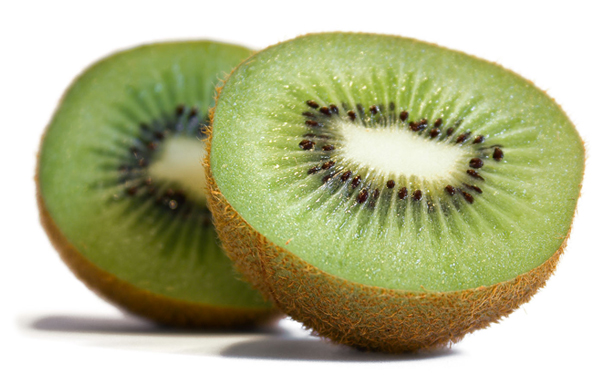For the first half of this year, we're going to try something fun: a look at the ABC's (or AgBC's as we'll call them) of various agricultural products, mainly fruits and vegetables. We'll look at the history of our featured products, share some simple experiments and maybe even some recipes to share with the kids in your life.
So first on the list: A is for apple.
Did you know that the apples we eat today come from apples that were grown more than 2 million years ago! Wow! When people first started eating apples, they just picked wild apples in the forest. These wild apples were small...only about the size of a strawberry....and they tasted bitter. Then about 10,000 years ago, during the Stone Age, people started planting and growing better apples.
Today's apples are related to those Stone age apples—only they are much bigger and sweeter. Apples can have skins that range in color from red to lemony-yellow to yellow-green. To me, apples taste yummy year-round, but the best, freshest ones can eb found in the fall just after they are picked. When buying apples, select firm, bright-colored apples with a fresh smell, andd they can be kept for a long time as long as they are stored in a cool place.
Now in this part of Ohio,
Johnny Appleseed is pretty famous. John Chapman, as he was born, is responsible for introducing apple trees to large portions of Ohio, Indiana and Illinois. This American legend was famous because of his kindness, his generosity, and his conservation efforts and use of the apple in symbolism. He's a fascinating historical character and well worth a second look.
And now, for a little experiment on how to keep apples from browning after they are cut:
Have you ever notice how apples turn brown right after they are cut? Ever wondered how to stop that from happening?
Supplies needed: an apple, lemon juice, and lemon-lime soda (like Sprite or 7-Up)
What to do:
- Cut an apple into quarters.
- Eat one quarter, because they are delicious.
- Sprinkle one quarter with lemon juice, dip one in the soda, and leave one untreated.
- Lay them on a plate on the counter and see what happens. Which turns brown first?
- Have an extra apple? Repeat, only put the 3 quarters of one apple in the refrigerator. Compare what happens with those apples that are in the fridge to those that are on the counter.
Looking for a good read? Check out
First Apple by Ching Young Russell, a story of a young Chinese girl's dream to taste an apple and buy one as a gift for her grandmother.
This series is inspired by the book The ABC's of Fruits and Vegetables and Beyond.










.jpg)































